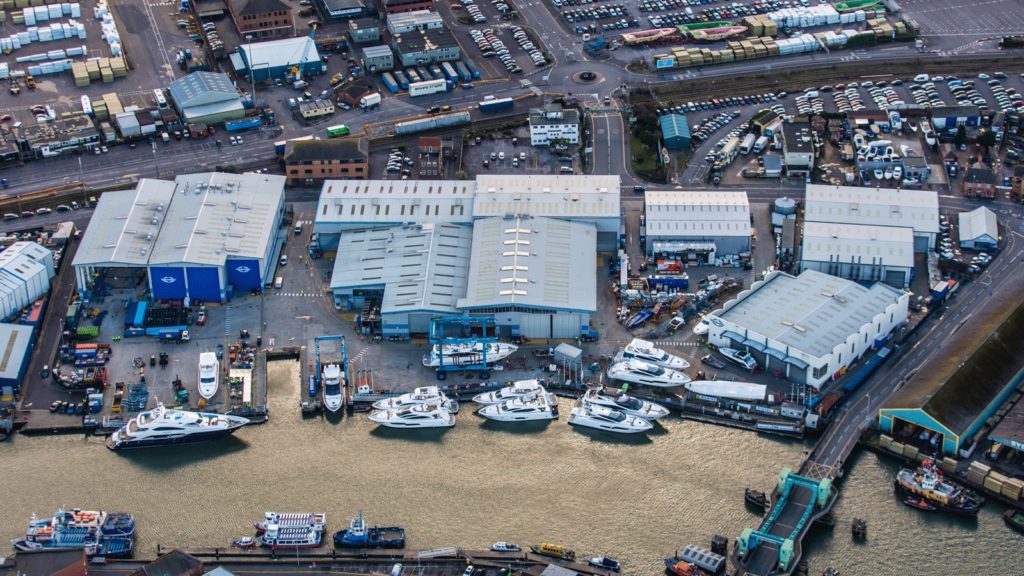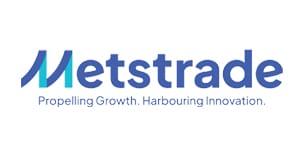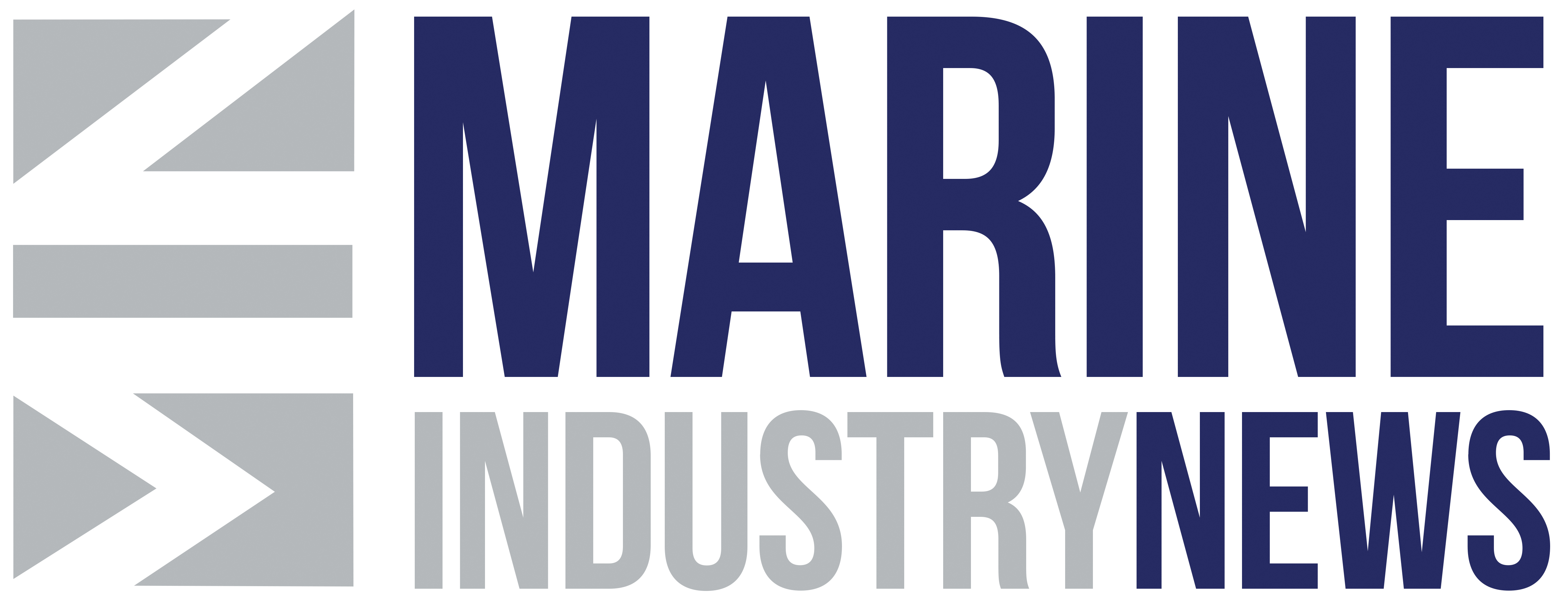Trump and China agree to 90-day tariff truce extension

The United States and China have extended their tariff truce for another 90 days, just hours before the latest agreement between the world’s two largest economies was set to expire.
On Monday (11 August 2025), US President Donald Trump signed an executive order delaying the imposition of higher tariffs on Chinese goods until 10 November. Beijing issued a parallel announcement early Tuesday (12 August 2025), also postponing for 90 days the addition of US firms it had targeted in April to trade and investment restriction lists.
The pause means US tariffs on Chinese imports will remain at 30 per cent, while China will keep its tariffs on American goods at 10 per cent. Washington had threatened duties as high as 145 per cent earlier this year, with Beijing planning retaliatory tariffs of up to 125 per cent. Those triple-digit rates, imposed in the spring, had been scaled back after talks in Geneva in May.
“This will undoubtedly lower anxiety on both sides as talks continue, and as the US and China work towards a framework deal in the autumn,” said Ryan Majerus, a former US trade official now with the King & Spalding law firm.
Trump told reporters on Monday: “We’ll see what happens,” highlighting what he called his good relationship with Chinese President Xi Jinping.
China’s commerce ministry said the extension was “a measure to further implement the important consensus reached by the two heads of state during their 5 June call,” and would provide stability to the global economy. A foreign ministry spokesman, Lin Jian, added: “We hope that the US will work with China to follow the important consensus reached during the phone call between the two heads of state … and strive for positive outcomes on the basis of equality, respect and mutual benefit.”
The White House said negotiations would focus on “remedying trade imbalances” and “unfair trade practices,” citing a nearly $300bn US trade deficit with China in 2024. Talks are also addressing national security and economic issues, including access for US exporters to China, Beijing’s purchases of Russian oil, rare earths supply, and US curbs on advanced technology sales.
Stephen Olson, a former US trade negotiator, told Bloomberg: “What we are seeing is in effect the monetisation of US trade policy in which US companies must pay the US government for permission to export. If that’s the case, we’ve entered into a new and dangerous world.”
US Treasury Secretary Scott Bessent has said that the spring’s triple-digit import duties were untenable and had essentially imposed a trade embargo. “It wouldn’t be a Trump-style negotiation if it didn’t go right down to the wire,” said Kelly Ann Shaw, a senior White House trade official during Trump’s first term, now with Akin Gump Strauss Hauer & Feld. She suggested Trump likely pressed China for further concessions before agreeing to the extension.
The extension follows meetings between US and Chinese negotiators in Stockholm in late July. Both sides had agreed to a 90-day pause in May after the Geneva talks, reducing tariffs and resuming some exports.
US imports from China surged early this year to beat Trump’s tariffs but dropped sharply in June. Commerce Department data showed the US trade deficit with China narrowed by about a third that month to $9.5bn, its smallest since February 2004, and has fallen 70 per cent year-on-year over five consecutive months. American exports to China, however, were also down about 20 per cent in the first half of the year.
Not everyone views the pause as a relief. The capricious nature of Trump’s tariff policy is making it difficult for businesses in many sectors — including marine — to plan for the future.
Trump has said he is open to meeting Xi before the end of the year if a trade deal is reached. “He asked for a meeting, and I’ll end up having a meeting before the end of the year, most likely, if we make a deal,” he told CNBC last week. “If we don’t make a deal, I’m not going to have a meeting.”
Read all the latest news about trade tariffs and how they are affecting the marine sector globally












